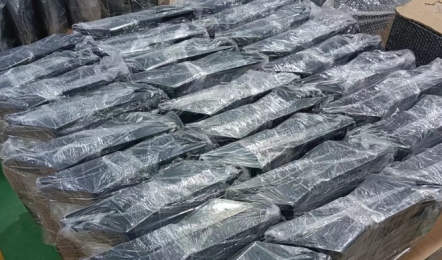Difficulties in Aluminum Welding
https://sheetmetalxj.blogspot.com/
1. Very easy to oxidize. In the air, aluminum is easily combined with oxidation to form a dense aluminum oxide film (about 0.1-0.2 thick) um) , the melting point is high (about 2050 ℃), far exceeding the melting point of aluminum and aluminum alloys (about 600 ℃). The density of alumina is 3.95-4.10g/cm3, about 1.4 times that of aluminum. The surface of alumina film is easy to absorb water. During welding, it hinders the fusion of base metal, and is very easy to form defects such as pores, slag inclusion and incomplete fusion, resulting in the decline of weld performance.
2. Easy to produce pores. Hydrogen is the main cause of porosity during welding of aluminum and aluminum alloy. As liquid aluminum can dissolve a large amount of hydrogen, when the temperature of molten pool cools and solidifies rapidly, hydrogen has no time to escape and is easy to accumulate in the weld to form pores. There are many sources of hydrogen, such as hydrogen in arc welding atmosphere, adsorption of moisture in the air on the surface of aluminum plate and welding wire, etc. When the relative humidity of the air exceeds 80%, pores will appear obviously in the weld.
3. The tendency of weld deformation and crack formation is large. The linear expansion coefficient and crystallization shrinkage of aluminum are about twice larger than that of steel, which is easy to produce large internal stress of welding deformation. For structures with large rigidity, it will promote the generation of thermal cracks.
4. The thermal conductivity of aluminum is large (pure aluminum 0.538 kcal / cm. S. ℃). It is about 4 times that of steel. Therefore, welding aluminum and aluminum alloy consumes more heat than welding steel.
5. Evaporation and burning loss of alloy elements. Aluminum alloy contains elements with low boiling point (such as magnesium, zinc, manganese, etc.), which are easy to evaporate and burn under the action of high-temperature arc, so as to change the chemical composition of weld metal and reduce the performance of weld.
6. Low high temperature strength and plasticity. At high temperature, the strength and plasticity of aluminum are very low, which destroys the formation of weld metal, and sometimes it is easy to cause weld metal collapse and penetration.
7. No color change. When aluminum and aluminum alloy change from solid state to liquid state, there is no obvious color change, which makes it difficult for the operator to master the heating temperature.
QUICK LINKS: FAQ / EQUIPMENT LIST / MATERIAL / CUSTOM SHEET METAL / SHEET METAL SUPPLIER / SHEET METAL ENCLOSURE / SHEET METAL COVER / METAL CHASSIS / SHEET METAL CHASSIS / MOUNTING BRACKET





